In today’s competitive athletic wear market, every detail counts. Imagine offering a running sock that not only enhances performance but also minimizes blisters—a detail that can boost customer loyalty and drive repeat business. Recent research from the Journal of Sports Science and Medicine shows that proper sock design can reduce blister risk by nearly 30%. You understand that savvy consumers demand both style and functionality. This guide dives deep into emerging trends, examines shifts in consumer demand, and unpacks key market changes that are shaping sales. By tapping into these insights, you can align your retail strategy with the latest data-backed innovations and offer a product that truly stands out. Let’s explore how a well-crafted running sock can become a game-changer for your business.
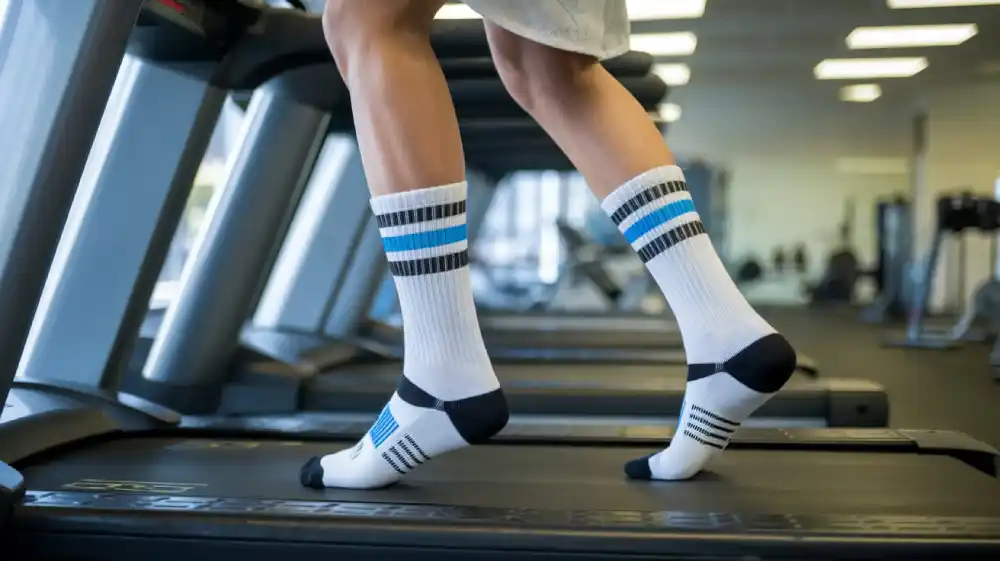
Key Features of the Best Running Socks for Retailers to Stock
When selecting top-quality products for your inventory, understanding the standout elements of these essentials can boost customer satisfaction and elevate your brand’s reputation. Focus on technical innovations and design features that appeal to dedicated athletes. Each feature plays a critical role in enhancing performance, reducing discomfort, and preventing common running injuries. Let’s break down the key characteristics that make these products a must-have in your lineup.
Moisture-Wicking Fabrics: The Secret to Dry Feet
You know that dampness can lead to discomfort and even skin irritation during long runs. That’s why moisture-wicking fabrics are so important. These advanced materials pull sweat away from the skin, keeping feet dry and reducing friction that often causes blisters. With improved ventilation and quick-drying properties, they help maintain a comfortable temperature throughout every run. As you consider your product range, prioritize options that feature engineered fibers known for their breathability and durability. This way, you offer a solution that meets the high expectations of performance and comfort demanded by modern runners.
Cushioning Levels for Different Running Styles
When selecting products, consider offering a variety of cushioning designs to meet diverse needs. For racing or daily training, lightweight cushioning maintains the natural feel of the shoe, providing just enough support without compromising speed. If your customers seek a balanced option, medium cushioning offers a perfect mix of comfort and performance suitable for most runners. For those tackling long distances or rugged terrain, thickened cushioning delivers extra protection against impact. By including these varied options in your lineup, you ensure that each end user finds a product tailored to their unique requirements, enhancing both satisfaction and performance.
Seamless Toe Designs to Prevent Blisters
Blisters are a common setback for runners, and the construction of the product can make all the difference. Seamless toe designs are engineered to minimize friction around sensitive areas, offering a smooth fit that greatly reduces the risk of irritation. When you stock products with this feature, you’re providing a solution that prioritizes foot health and overall comfort. A well-executed design enhances the overall experience, allowing runners to focus on their performance without worrying about painful distractions. This thoughtful detail can be a key selling point, helping you attract customers who value both function and innovation.
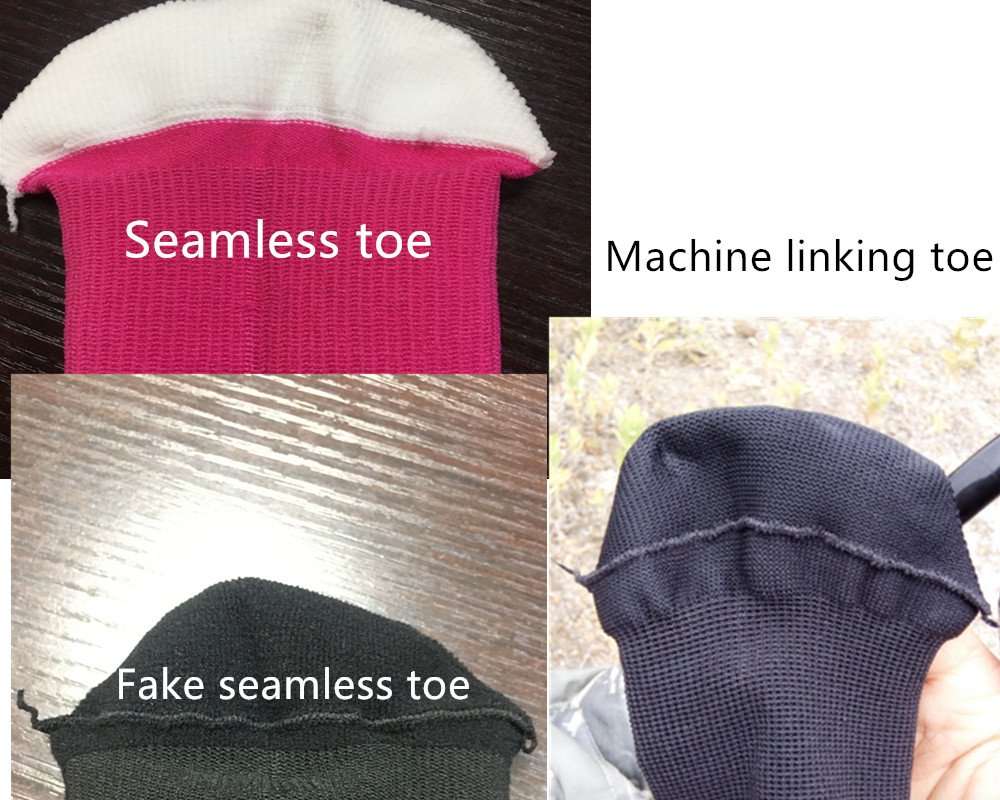
The Role of Durability in Running Socks for Long-Term Value
Durability is a vital quality that elevates customer satisfaction and builds lasting brand loyalty. When products endure the rigors of everyday use, they help reduce returns and reinforce your reputation as a reliable supplier. In this section, explore how design innovations and quality assurance practices ensure that these essentials stand the test of time.
Reinforced Heel and Toe Construction
A robust design featuring reinforced heel and toe areas plays a crucial role in extending product life. This construction minimizes wear in high-stress zones, ensuring that the product retains its shape and performance even after extended use. The added resilience translates into a dependable item that meets the demands of active consumers.
Anti-Odor Technologies for Frequent Use
Advanced anti-odor treatments offer a practical solution to maintain freshness despite regular use. By integrating these technologies, the product stays comfortable and appealing, helping to reduce the need for frequent replacement. This feature not only improves overall performance but also enhances customer satisfaction over time.

Testing Longevity Under Intense Conditions
Rigorous testing under simulated high-intensity conditions confirms that the product meets strict durability standards. Such assessments ensure that every item withstands real-world challenges, providing confidence that your inventory will consistently perform well. Emphasizing longevity helps secure a competitive edge in the market.
Solving Common Pain Points for Running Sock Users
As a brand or retailer, you understand that your customers expect products that deliver both comfort and performance. Even the best items can lead to issues if they don’t address everyday challenges. In this section, you’ll explore how key design features can resolve common discomforts and enhance user satisfaction. By focusing on solutions like friction reduction, efficient temperature management, and an ideal fit, you can offer products that not only perform well but also build lasting customer loyalty. This insight will empower you to choose or even customize products that truly meet the needs of end users, while also positioning your business as a leader in quality offerings.
Tackling Blister Problems with Strategic Padding
You know that blisters are a frequent complaint among runners. By incorporating strategic padding in high-friction zones, you can minimize irritation and keep customers comfortable throughout their activity. Emphasize products that use advanced cushioning techniques to protect vulnerable areas. This approach ensures that end users can focus on their performance without the distraction of discomfort, making your product lineup more attractive and reliable.
Addressing Overheating with Ventilation Zones
Heat buildup during extended activities can compromise comfort and performance. Offering items with integrated ventilation zones provides natural airflow, keeping feet cool even during intense workouts. When you stock products that manage temperature effectively, you directly address a common pain point for athletes. This clear benefit not only improves customer satisfaction but also helps your brand stand out in a competitive market.
Sizing Solutions for a Snug, Non-Slip Fit
A secure, tailored fit is essential to prevent slippage and enhance overall stability during activity. By offering items with innovative sizing solutions, you ensure that the product hugs the foot perfectly without feeling restrictive. This design detail helps reduce discomfort and supports a confident, injury-free run. When your offerings cater to diverse foot shapes and sizes, you not only meet customer expectations but also strengthen your reputation for quality and customization. Additionally, you can add a anti-slip silicone strips on the sock cuff to prevent sock slide down.
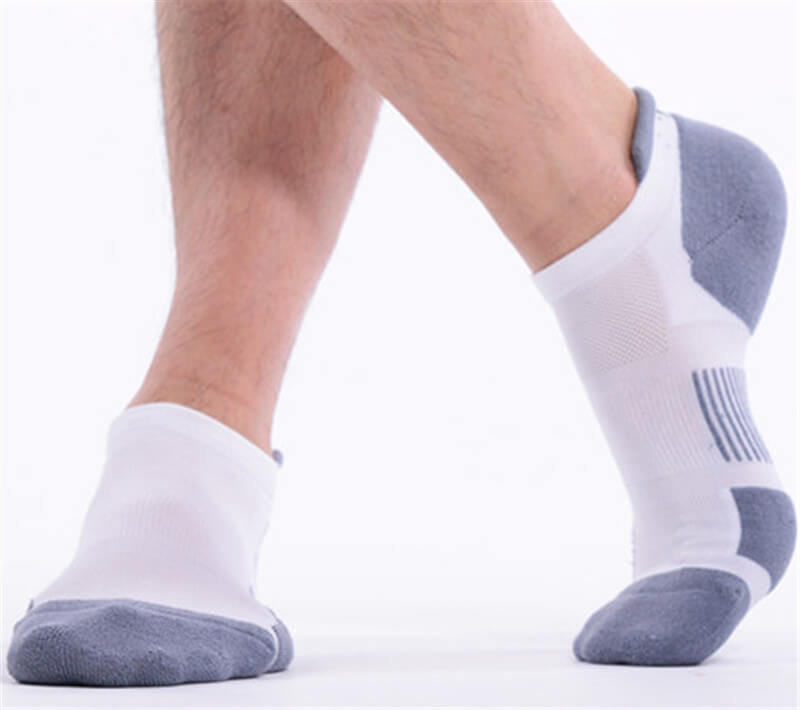
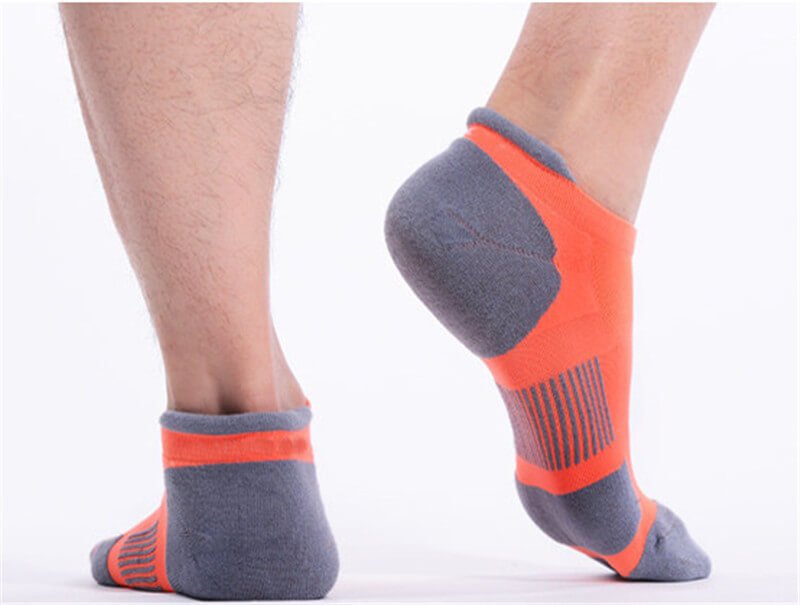
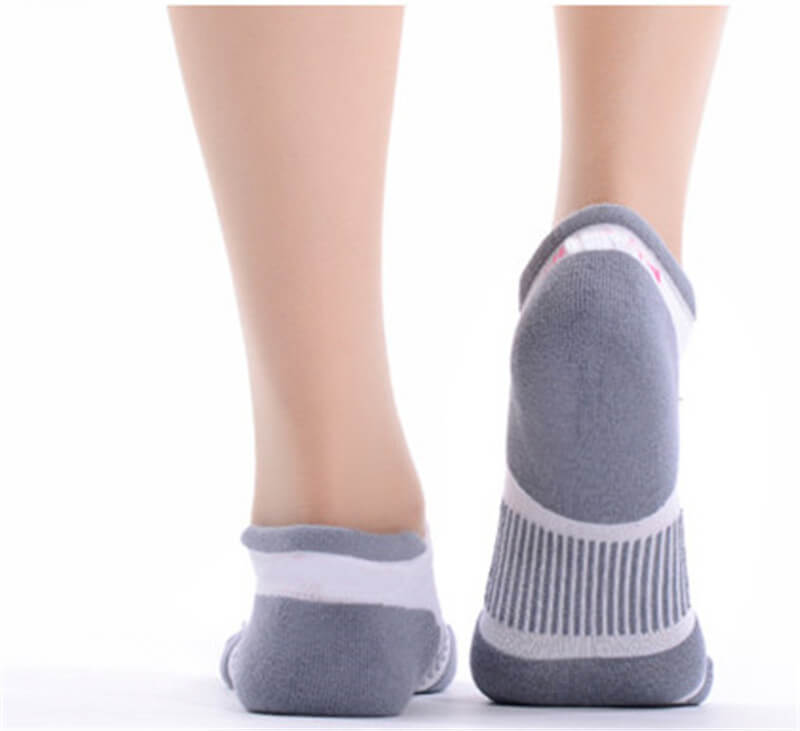
How to Choose the Best Running Sock Options for Your Customers
In today’s competitive market, selecting the ideal product is critical. As a brand or retailer, you need to offer options that meet various customer demands. It’s not just about style—it’s about delivering functionality, comfort, and performance tailored to different needs. This section will guide you through material choices, seasonal adaptations, and key design elements, ensuring that your inventory stands out and truly satisfies end users.
- Identifying Foot Types and Matching Features
When deciding on your product range, you must consider the diverse foot shapes and usage patterns of your customers. Different users require distinct features to ensure comfort and performance. For example, materials such as Merino wool provide natural breathability and moisture management, while synthetic fibers like polyester and nylon offer durability and elasticity for high-intensity activities. Enhanced blends with Lycra or Spandex improve fit and provide gentle compression support. Also, think about height options—ranging from heelless and ankle styles to boat and mid-tube designs—to cater to different preferences and running environments. By matching these features to specific foot types, you ensure that each product you offer delivers a tailored experience for every runner.
- Seasonal Considerations – Summer vs. Winter Options
Your customers’ needs shift with the seasons. In warmer months, they often seek products that dry quickly and help keep feet cool. Lightweight, low-cut designs can reduce friction and offer a breezy option for hot weather. Conversely, in colder seasons, socks with extra cushioning or higher coverage, like mid-tube designs, provide added warmth and support. Material selection plays a key role—while Merino wool works well year-round due to its natural moisture-wicking properties, synthetic blends might be preferable for high-intensity training during the summer. Tailoring your product mix to seasonal demands can elevate customer satisfaction and drive your sales strategy.
- Balancing Compression and Breathability
Striking the right balance between compression and breathability is essential for delivering high-performance products. Compression elements made with Lycra or Spandex can improve blood circulation and reduce fatigue, yet they must be paired with breathable mesh panels to ensure proper airflow. Too much compression can compromise comfort, while insufficient support might fail to meet performance needs. When you evaluate products, consider how these factors interact to provide both effective support and cooling comfort. Offering a well-balanced product not only meets consumer expectations but also positions your inventory as a top choice in a competitive market.
Innovations in Running Sock Design and Technology
Advancements in design and technology are reshaping the way athletic essentials perform on the track. Modern products now incorporate features that deliver precise data, sustainable benefits, and enhanced support for every step. These improvements not only boost performance but also open new avenues for brands seeking to meet evolving customer needs.
Smart Sensors for Runners
Imagine a product that not only supports performance but also offers real-time health insights. The global smart socks market size is estimated at US$60.1 million in 2023, with a projected compound annual growth rate of 9.8% from 2024 to 2030. Embedded sensors provide data on foot temperature, pressure, and movement, which is vital for both injury prevention and athletic optimization. For diabetic patients, these products can detect early signs of foot complications, enabling timely intervention. Whether for healthcare or fitness, this technology meets the needs of a diverse audience, offering detailed insights that can guide training and care.
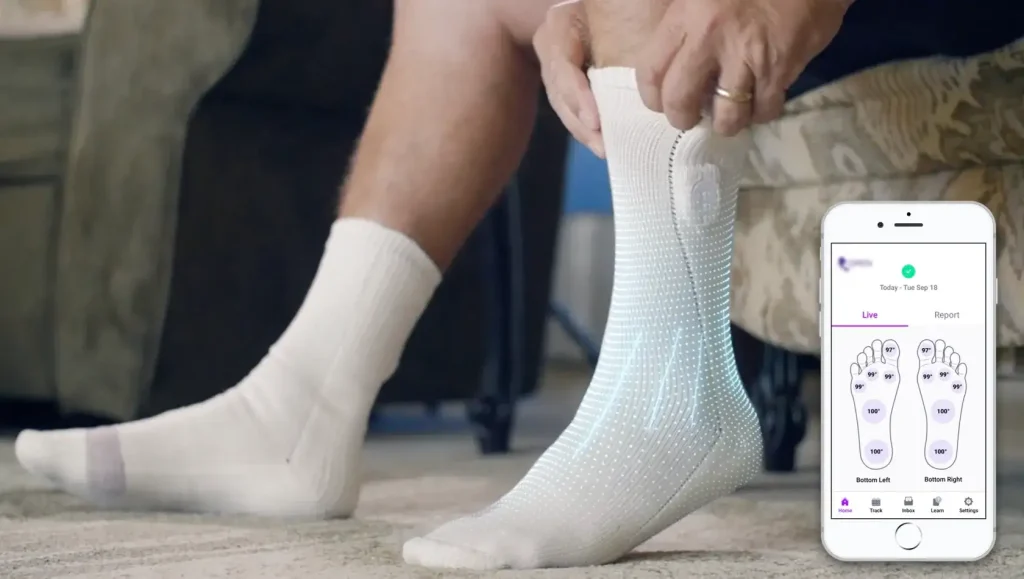
Eco Materials for Sustainable Running Sock Design
Sustainability is now a key factor in product selection. Using eco-friendly materials such as recycled fibers and organic blends not only reduces environmental impact but also aligns with consumer values. These products deliver reliable performance while promoting a greener future. By integrating sustainable practices into production, you offer items that stand out in a market increasingly driven by environmental consciousness.
Arch Support Advancements for Injury Prevention
Enhanced arch support is revolutionizing comfort and injury prevention. Improved designs now provide targeted cushioning that better aligns the foot, reducing stress during high-impact activities. Research indicates that optimized arch support can lower the risk of foot fatigue and associated injuries, allowing users to maintain longer, more comfortable training sessions. This advancement offers a clear benefit to athletes and everyday users alike, ensuring that every step is supported for both performance and recovery.
Running Sock Production: Quality Assurance & Compliance
- Upholding Ethical Standards in Running Sock Manufacturing
Your buyers care where and how products are made. We conduct third-party factory audits to verify fair wages, safe workplaces, and responsible waste management. For example, 98% of materials used meet OEKO-TEX® safety standards, ensuring no harmful chemicals touch athletes’ skin. Suppliers are also BSCI-certified, aligning with global labor ethics—a key selling point for brands targeting conscious consumers.
- Must-Have Certifications for Running Sock Suppliers
Don’t gamble with uncertified partners. Prioritize factories with ISO 9001, which guarantees systematic quality checks, or GOTS for organic cotton blends. OEKO-TEX® certification remains non-negotiable for allergen-free materials—critical for users with sensitive skin. These badges aren’t just paperwork; they reduce retailer liability and build trust in your product pages.
- Rigorous Testing for Durable, Safe Running Socks
A single defective pair can tank reviews. Our AQL 2.5 inspection rejects batches with loose threads or uneven stitching, while tensile tests ensure elastic fibers retain 85% stretch after 100 washes. Additional protocols include abrasion cycles to mimic long runs and pH balance checks for skin safety. Share these details upfront, and buyers will see your stock as reliable, not risky.
Conclusion
In conclusion, equipping your inventory with well-crafted performance socks is a smart strategy that benefits both your brand and your customers. You’ve seen how innovative materials, tailored cushioning, and smart design choices can resolve common user challenges while boosting overall satisfaction.
If you’re ready to offer high-quality, customized products that truly set you apart, now is the time to take action. Partner with our factory for bespoke solutions that align with your brand identity and meet your customers’ evolving needs. Reach out today and let’s work together to create a product line that drives success and elevates your market presence.
FAQs
What Makes Running Socks Different from Regular Socks?
Running socks are engineered for performance. They incorporate moisture-wicking fabrics, targeted cushioning, and seamless toe designs to reduce friction and prevent blisters. Enhanced features such as arch support and breathable mesh ensure optimal comfort and durability during high-impact activities. In contrast, regular socks focus on everyday comfort without the specialized design elements needed for athletic performance.
What’s the average lifespan of performance running socks, and how does it impact repurchase rates?
High-quality pairs retain integrity for ~6-9 months with proper care. Share washing guidelines (cold water, no softeners) to extend durability, fostering customer loyalty.
What Market Trends Should You Focus On?
Staying informed about emerging trends is crucial. Look for growing demand in technology integration, eco-friendly materials, and personalized performance features. These trends indicate where customer preferences are heading and help you select products that remain competitive and in high demand.
What design features help prevent common discomforts?
Focus on features like seamless toe construction to minimize friction and reduce the risk of blisters, strategic padding in high-friction areas, and well-designed ventilation zones that help manage heat and keep feet cool during prolonged activities.
How can I address seasonal needs with my product range?
It’s essential to consider that consumers’ preferences change with the seasons. For instance, low-cut, breathable designs work well in summer to prevent overheating, whereas higher, cushioned designs that provide extra warmth and support are better for colder months.
